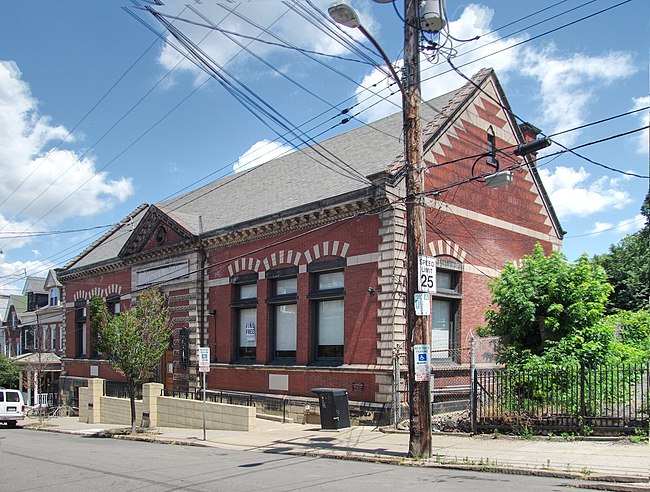
This fine little Renaissance palace, built in 1896, was the first of Carnegie’s branch libraries, and thus arguably the vanguard of the whole idea of branch libraries. It was also the first public library with open stacks, where patrons would just walk to the shelf and pick up the book by themselves. In other libraries—including much of the main Carnegie in Oakland until a few years ago—the patron would ask for the book at the desk, and a librarian would run back to the mysterious stacks and fetch it.
Like all the original libraries in the Carnegie system, this was designed by Alden & Harlow.


Leave a Reply